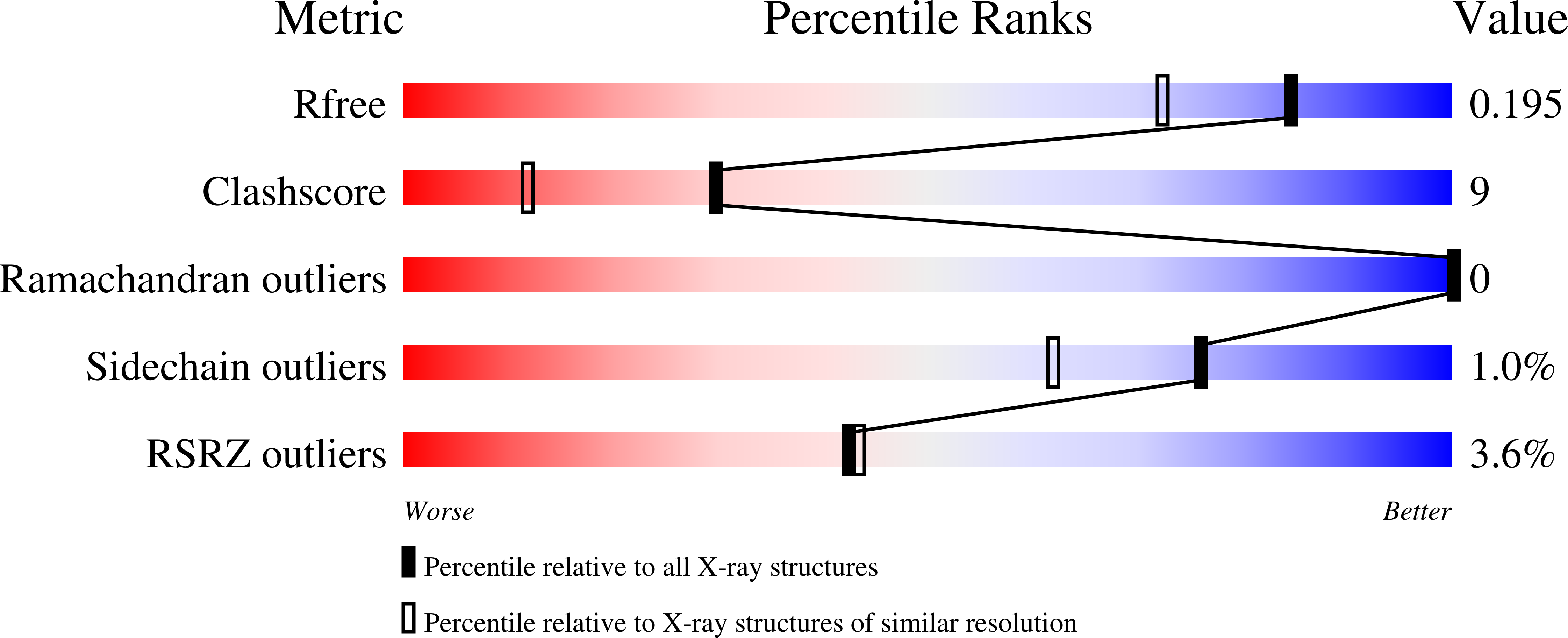
Deposition Date
2007-05-29
Release Date
2007-12-04
Last Version Date
2024-10-23
Entry Detail
PDB ID:
2Z30
Keywords:
Title:
Crystal structure of complex form between mat-Tk-subtilisin and Tk-propeptide
Biological Source:
Source Organism:
Thermococcus kodakarensis (Taxon ID: 69014)
Host Organism:
Method Details:
Experimental Method:
Resolution:
1.65 Å
R-Value Free:
0.18
R-Value Work:
0.15
R-Value Observed:
0.15
Space Group:
P 21 21 21


